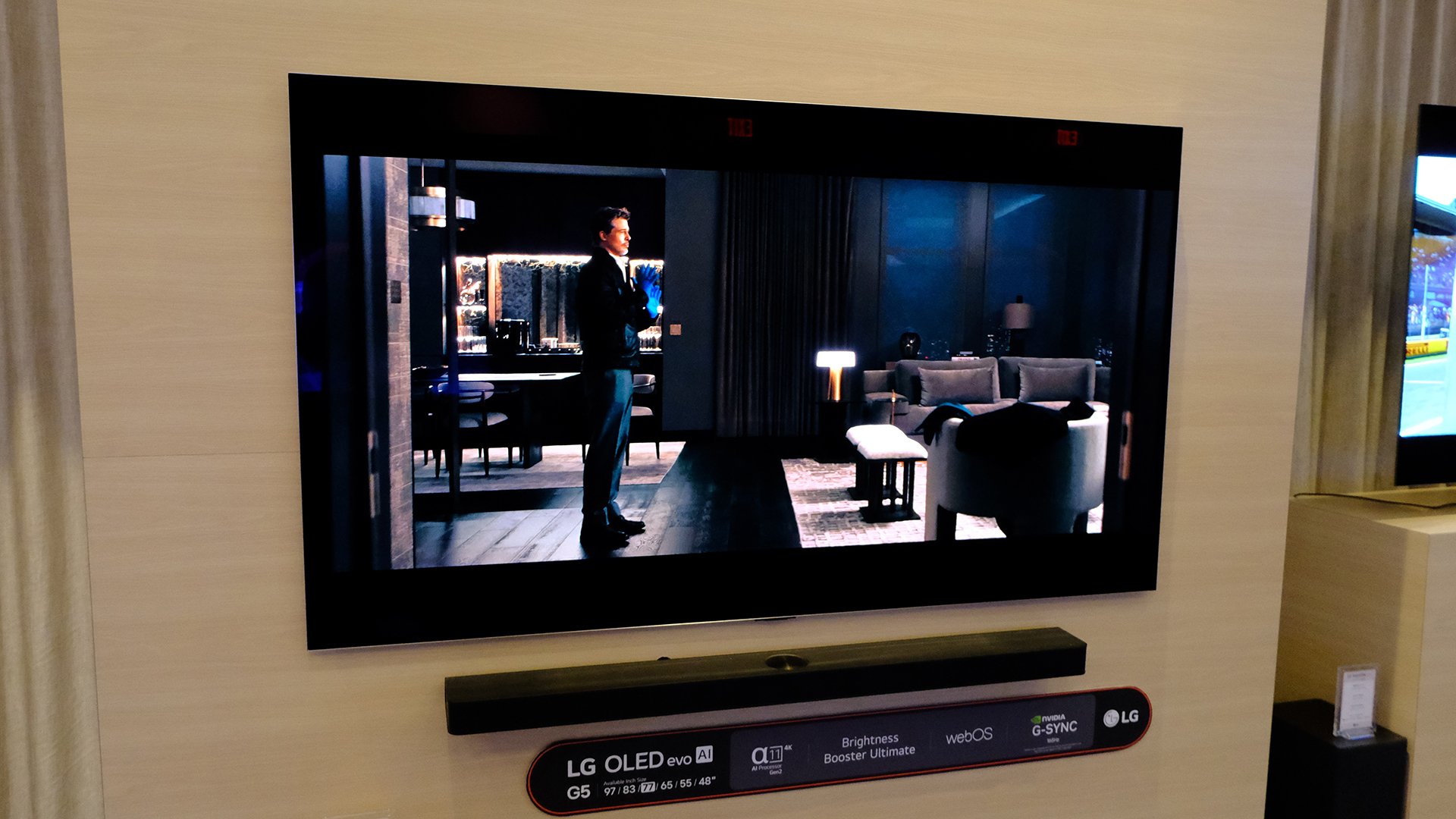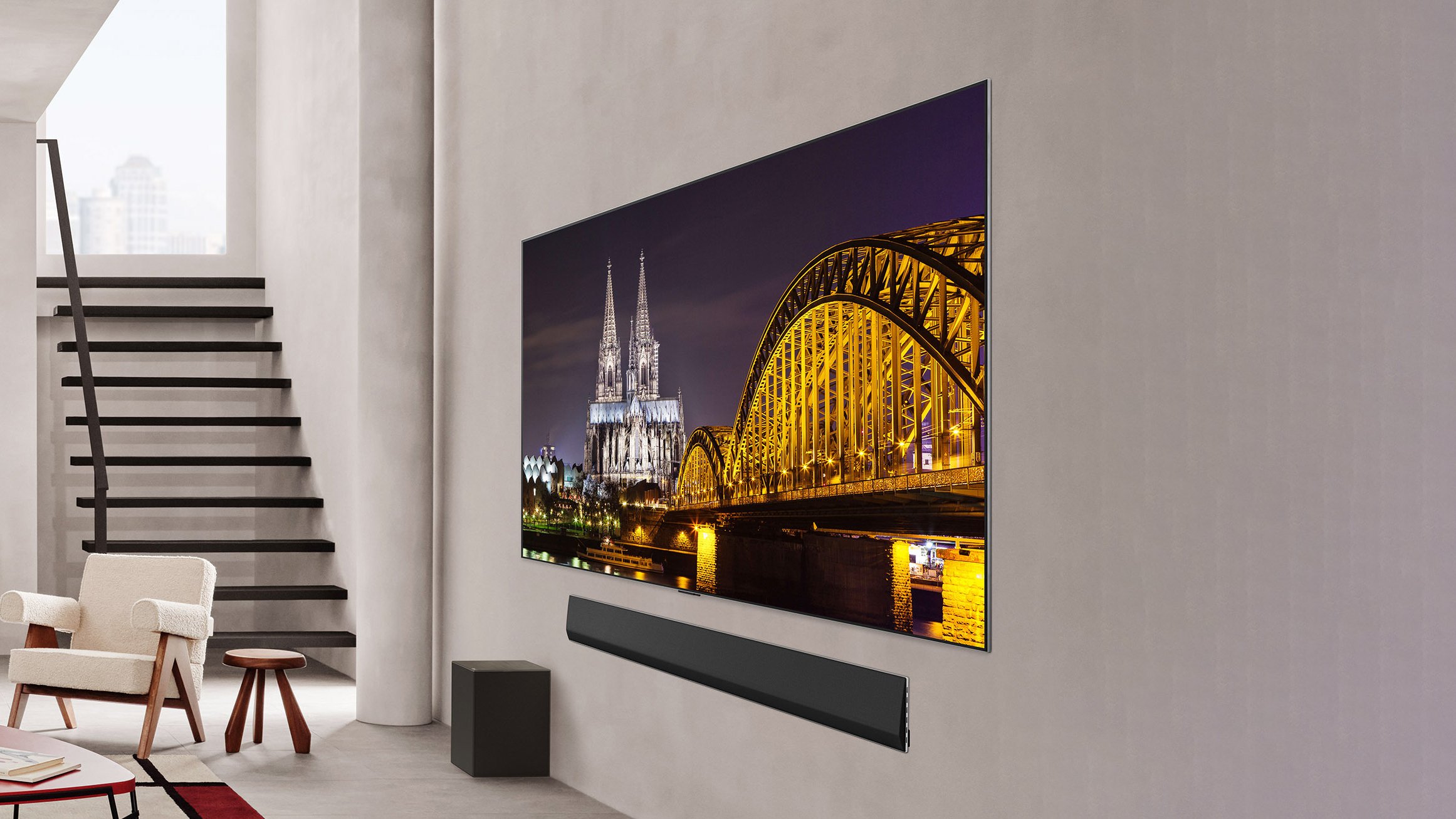LG G5 OLED Review: A Modular Masterpiece (or Missed Opportunity?)

The LG G5 OLED. Remember it? A phone that dared to be different. In a sea of increasingly similar smartphones, LG swung for the fences with a modular design, allowing users to swap out components for enhanced audio, camera capabilities, and… well, not much else actually gained widespread adoption. It wasn’t a commercial slam dunk, but it’s a handset that demands revisiting, especially now in the context of today’s saturated market. Was it ahead of its time, or simply a flawed experiment? Let’s dive in.
The first thing that hits you is the design. While the “chin” modularity was innovative, its integration wasn’t exactly seamless. The gap between the main body and the modules always felt slightly off, a constant reminder of the phone’s Frankenstein-ian nature. That being said, the build quality itself is commendable. The metal construction feels premium, and the phone sits comfortably in the hand, despite its somewhat unconventional design.
Performance-wise, the G5 packed a Snapdragon 820 processor, which was top-of-the-line at the time. Everyday tasks are handled with ease, and even demanding games run smoothly. The 4GB of RAM is adequate for most users, but power users might find themselves wishing for a bit more headroom. The vibrant OLED display offers deep blacks and excellent color accuracy, making it a joy to consume media on.

The G5’s camera was generally very good. It boasts two rear-facing cameras: a standard 16MP lens and a wide-angle 8MP lens. The wide-angle lens is particularly useful for capturing landscapes or group shots. Image quality is respectable in good lighting conditions, but low-light performance can be a bit noisy. Software processing has come a long way since 2016.

The modularity, of course, is the G5’s defining feature. The LG Cam Plus module adds physical camera controls and an extra battery, while the LG Hi-Fi Plus with B&O Play module promises enhanced audio quality. While both modules offer tangible benefits, their limited availability and relatively high cost diminished their appeal. It’s a classic case of great idea, flawed execution. The software side never took off either; developer support languished, leaving the modular potential largely untapped.
Ultimately, the LG G5 OLED is a complex phone to evaluate. It offered innovation, decent performance, and a stunning display. However, the clunky modular implementation, limited module availability, and relatively high price ultimately held it back. It was a bold attempt to shake up the smartphone market, but it ultimately fell short of its potential.
Where to Buy:

LG G5 OLED Quick Summary
Key Scores:
- Value: 88%
- Design: 95%
- Performance: 95%
- Quality: 94%
- Popularity: 93%
Top Pros
- ✅ The OLED display offers vibrant colors and deep blacks for immersive viewing.
- ✅ Performance remains respectable for daily tasks and moderate gaming.
- ✅ The wide-angle camera lens is a useful and versatile addition.
Key Cons
- ❌ The modular design feels clunky and lacks seamless integration.
- ❌ Limited availability and high cost of modules hamper the phone’s appeal.
- ❌ Battery life struggles to last a full day with moderate usage.
- …








